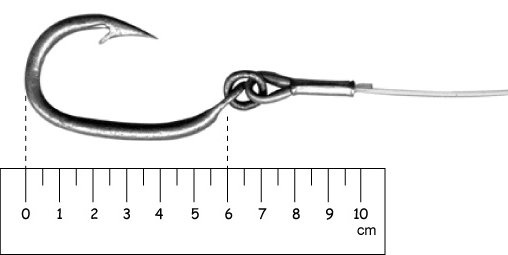The tuna long line fishery is one of the Japanese traditional fishing methods, which started in the 18th century. This fishing method was expanded to foreign countries, particularly other Asian countries, to export tunas to the Japanese sashimi tuna market and now it has become an international fishery.
The tuna long line fishery operates once per day. The number of operations per year ranges from 250 to 270.
About 250 to 300 metric tons of tuna are caught by one vessel annually.
Longline vessels set out a mainline supported by floats that may extend for miles beneath the surface of the ocean. Hanging at regular intervals from the mainline are the gangins with baited hooks which can be adjusted to fish at varying depths. As a passive (stationary) type of gear, a long line’s chance of success is based on the target species’ demand for food. Fish are caught on longlines because they are attracted to their baited hooks.

